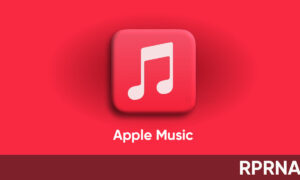The latest research report released by Strategy Analytics pointed out that the total global smartphone wholesale revenue in Q1 of 2021 will increase by 37% year-on-year to more than US$100 billion.
It is said that Apple’s iPhone 12 supercycle extension, supply shortages, and component prices soaring, higher than expected 5G penetration rate, and industry consolidation, all these factors have jointly promoted the increase in total revenue this quarter.
According to Sui Qian, SA’s senior director of smartphone services, Apple and Samsung are still leading in terms of revenue. Both contributed 65% of the revenue share in the quarter. Vivo surpassed Huawei (3%) with an 8% share (higher than the same period last year). 5%) occupy third place for the first time. Followed by OPPO and Xiaomi (7% each).
Join us on Telegram
Senior analyst Wu Yiwen said that 25% of the global smartphone market’s revenue this quarter came from ultra-high-end smartphones with a wholesale price of more than US$900, and this market is basically dominated by Apple and Samsung. Vivo ranks first in the price range of US$400 to US$499, OPPO is leading the price range of US$191 to US$299; Transsion leads the entry-level (US$36 to US$99).

SA Senior Vice President David Kerr added that Apple and Samsung have almost completely dominated this market segment in the price range above $900, but only 25 million units were shipped in Q1. He believes that it is difficult for challengers to truly challenge and shake the dominance of Apple and Samsung without decades of huge investment, hundreds of millions of users, and good products in this price segment.
David Kerr believes that it is most feasible in the short term for companies such as Xiaomi, OPPO, and Vivo to gain a larger market share in the price range of US$100 to US$400, and this range accounted for 56% of total shipments this quarter.
He said that Huawei’s past successful cases in the high-end market provide a very good example of how other manufacturers can use the halo effect, such as flagship equipment with first-class functions and technologies, long-term continuous brand investment, and the right partners. A long-term model that smartphone manufacturers can learn from.







